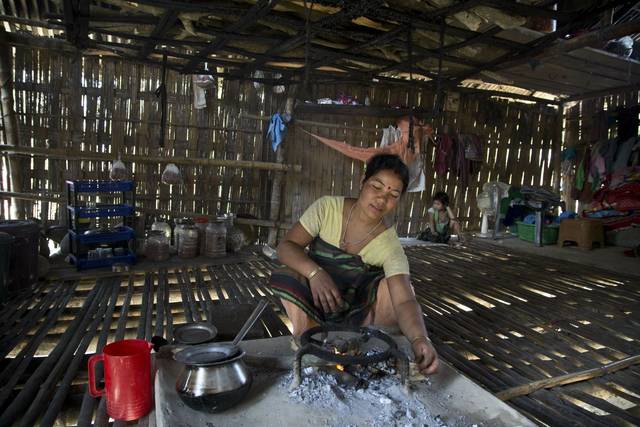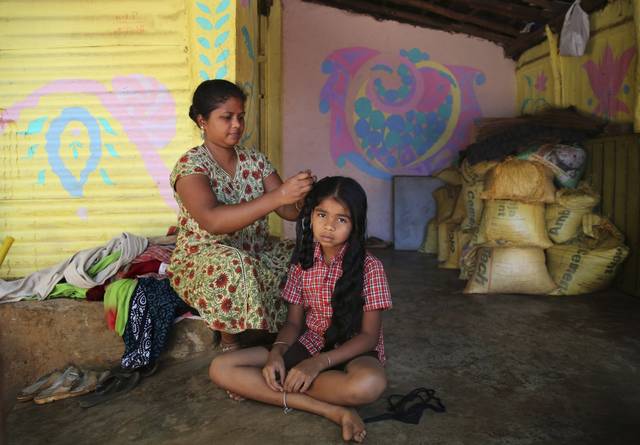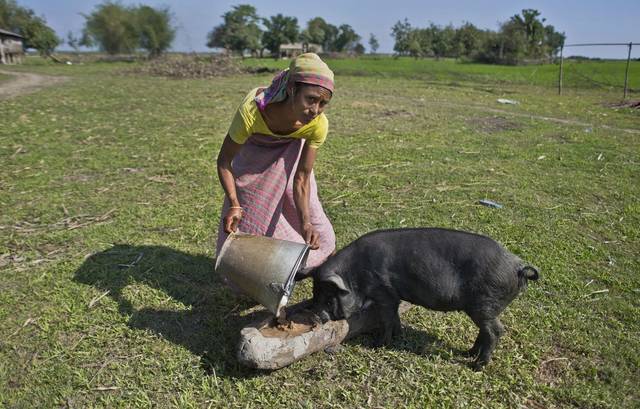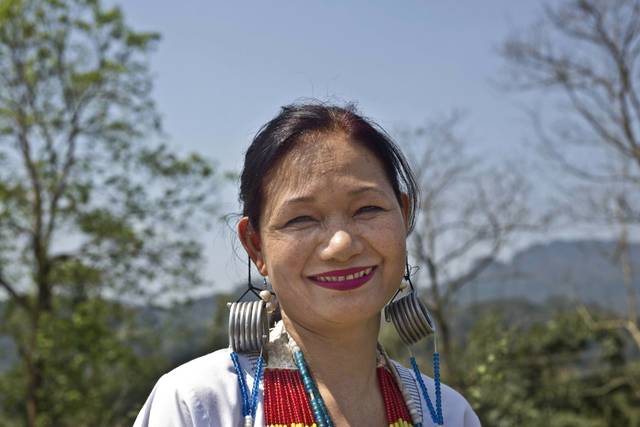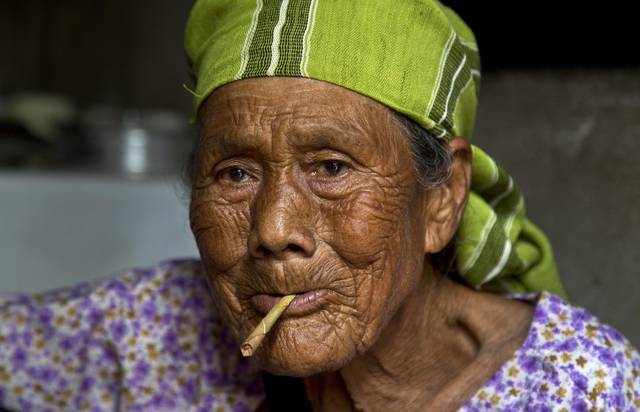India's tribal women see little hope in election
NEW DELHI (AP) — For years they’ve been told about the power they can wield with their votes, and how elections can bring so much change to this sprawling, often-chaotic nation.
But few of these women, marooned at the fringes of Indian society, believe such talk anymore.
They’ve been hardened by decades of forgotten promises, and by the countless politicians who showed up before elections with flowery words only to disappear as soon as the votes were cast. As India heads toward the end of its seven-phase national election, with voting that began April 11 and ends May 19, it’s hard for them to summon much optimism.
“I don’t remember how long I’ve been voting for different candidates hoping that life will be smooth for us once the right person is elected,” said B. Nariyan Vignaya, a 70-year-old woman from the impoverished Warli community, who live in Sanjay Gandhi National Park in northern Mumbai. “Our demands are not big; they are very small. We don’t want them to make big hospitals or buildings. We just want toilets.”
These voters already face immense hurdles in a nation where women are often relegated to second-class roles. But they are also tribals — India’s term for the vast range of indigenous people of South Asia. They are Gaddis, herders who have spent centuries taking sheep and goats through the mountains of north India in search of good pastures, and Mishings, who live in elevated bamboo homes on Majuli, a huge island in the Brahmaputra River. They are the Dongria Kondh, an 8,000-strong tribe who consider the mineral-rich Niyamgiri hills sacred, and Mizos, who trace their ethnic roots back to what is now Myanmar and China.
The biggest worry for many tribals is losing their land, which has grown increasingly valuable in recent years as India’s economy has boomed. Many Warlis, for instance, are resisting a government plan to relocate them to housing projects outside the park. More fear being forced to move.
“Our forefathers have lived here and died here, so we want the same right,” said Sangeetha Nandini, 29, another Warli.
Combined, India’s tribals total more than 100 million people. But they are scattered among hundreds of communities, and are often poorer and less educated than the people around them.
For many tribal women, elections have become little more than another chore.
Moti, a 100-year-old Lambada woman who uses only one name, says she’s only voting this year to get the small cash handouts some parties offer. Nandini, the Warli, says she’s “decided to exercise my NOTA vote,” short for “none of the above.” Urmila Devi says she’ll vote, but only because she believes it’s her duty. A 39-year-old Gaddi, Devi says she’d love to see a childcare center and a medical clinic built in her village, but doesn’t expect either will be erected.
But the cynicism isn’t universal.
Tungshang Ningreichon is a Naga, from India’s distant northeast along the border with Myanmar. A longtime rights activist, she believes the election “affects every part of our lives.”
“The leaders that we choose will greatly impact how we put the idea of peace, justice and democracy into practice,” she said. “So for me, these elections are really important.”
Remove the ads from your TribLIVE reading experience but still support the journalists who create the content with TribLIVE Ad-Free.

